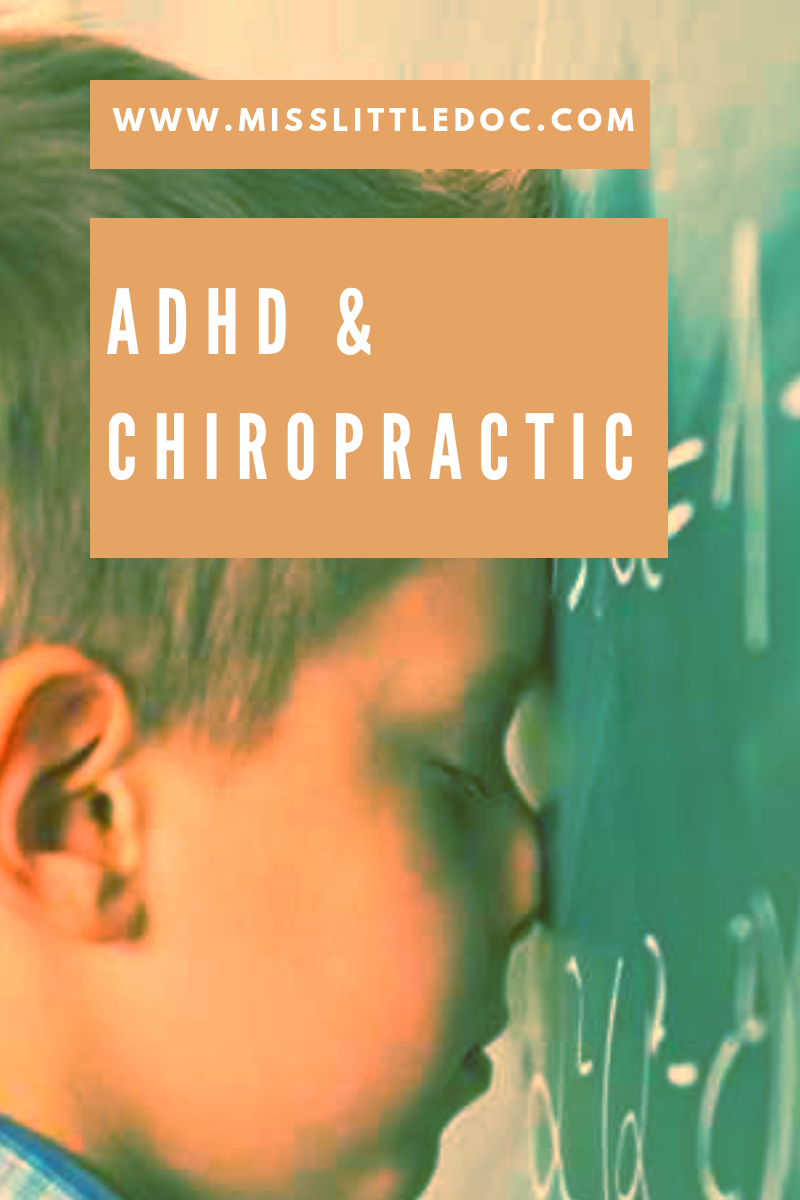ADHD
Today 1 in 10 kids are diagnosed with ADHD. This makes it the most commonly diagnosed neurological behavioral disorder in children. With Ritalin being the most common treatment for kids with ADHD. Ritalin is a schedule 2 controlled substance that has effects similar to both amphetamines and cocaine!
Kids that have ADD or ADHD have cortisol problems. Cortisol decreases dopamine in the body. When you have decreased dopamine you can’t sit still, you are fidgety and your attention span is shortened. So often times medications are prescribed to raise the levels of dopamine.
Treatments
To increase the amount of dopamine and norepinephrine in the brain, some medications can be used. The first one is a central nervous system (CNS) stimulant. These are the most commonly prescribed class of ADHD drugs. The effect improves your child’s concentration and helps them focus better.
Common CNS stimulants used to treat ADHD include: Ritalin, Adderall, Dexedrine, Dextrostat, Concerta, Daytrana, and Metadate.

When stimulants haven’t worked or have caused side effects that your child finds hard to handle, they can be switched to nonstimulant medication These usually increase the norepinephrine in the brain which is thought to help attention and memory.
Certain nonstimulant medications work by increasing levels of norepinephrine in your child’s brain. Norepinephrine is thought to help with attention and memory. These nonstimulant treatments include: Strattera and Pamelor- which is an antidepressant.
Side Effects of Medications
There can be many side effects to taking a stimulant or nonstimulant. Like I have said before, when you put a chemical into your body there will always be a side effect. You may just not realize it until many years down the road. Everything has a consequence. Some common side effects include: headache, trouble sleeping, upset stomach, nervousness, irritability, weight loss, dry mouth, hallucinations, increased blood pressure, allergic reaction or suicidal thoughts or actions.
Other Treatments
Other treatments can include:
- Psychotherapy- helps your child cope and figure out their behavioral patterns to make better choices.
- Behavior Therapy- helps your child monitor their behavior.
- Schedule out the day and stick to it. Organize and declutter. Humans as well as animals like structure, order and having a set schedule.
- Chiropractic
Chiropractic
Chiropractic works with the CNS and helps “reset” overactivity. When your body is functioning at an optimal level, every system can work better. The chiropractic adjustment decreases cortisol in the body, which allows dopamine to increase to the proper amounts needed.
Diet also plays a role in hyperactivity. Cutting out sugar, processed foods, food additives and dyes will help cut behavior issues. Sugar amps up the body and is very addictive. Studies have shown sugar lights up the same areas in the brain as cocaine.

Imagine a kid that has a dopamine problem that also has a junk food problem! When diet is corrected and the CNS if functioning at a higher capacity, the child can calm down and focus better.
If you have any questions on if chiropractic can help give us a call! (Or a chiropractor near you!) It will take a series of treatments to help correct what is going on in their bodies. So be patient, watch their diet, put more structure into their life and limit screen time.
Bottom line: Kids are going to be more energetic than adults. Excessive hyperactivity is worrisome and there are many treatment options. Find what fits best for your family.
~Dr. Lacey~
Carder Chiropractic Clinic, INC.
El Reno, OK 73036



